What Temperature Should I Have My AC Set At?
In the sweltering heat of summer, air conditioning is not just a luxury; it's a necessity for comfort and sometimes even for health. However, finding that perfect thermostat setting to balance comfort, efficiency, and expenses can be a tricky endeavor. This blog explores the ideal temperature settings for your air conditioner (AC) to ensure you stay cool without blowing up your energy bills.
The Golden Number: 78°F
The U.S. Department of Energy recommends setting your thermostat to 78°F (26°C) when you're at home and awake. While this might seem a tad warm for some, it's considered an efficient setting that can prevent your AC from overworking, thus saving you money on energy bills without sacrificing comfort. But remember, the "ideal" temperature can vary based on personal preference, humidity levels, and the specific conditions of your home.
Adjustments for Comfort and Efficiency
When You’re Away
Increasing the thermostat setting by 7°F to 10°F when you're away can lead to significant energy savings. Modern programmable or smart thermostats can make these adjustments automatically, ensuring you return to a comfortably cool home.
During Sleeping Hours
For many, a slightly cooler environment promotes better sleep. Thus, setting your thermostat to 75°F (24°C) or slightly lower might be beneficial during night-time hours. Again, personal comfort plays a role, so feel free to adjust based on what works best for you.
Factors Influencing the Ideal Setting
Humidity
High humidity can make indoor temperatures feel warmer than they actually are. Dehumidifying capabilities of AC units or using a separate dehumidifier can help make a higher thermostat setting more comfortable.
Personal Preference
Comfort is subjective. Some people may feel comfortable at higher temperatures, while others may prefer cooler settings. Start with recommended settings and adjust based on your comfort levels.
Home Insulation
Well-insulated homes retain cool air more efficiently, allowing you to set your thermostat at a higher temperature while still enjoying a cool environment. Conversely, if your home is poorly insulated, your AC might need to work harder to maintain comfortable temperatures.
Saving Even More
Use Fans
Ceiling fans can allow you to raise the thermostat setting about 4°F with no reduction in comfort by creating a wind-chill effect.
Maintenance
Regularly changing or cleaning AC filters and scheduling annual maintenance checks can ensure your unit runs efficiently.
Window Treatments
Using blinds or curtains to block out the sun during the hottest parts of the day can keep your home cooler, reducing the workload on your AC.
Ultimately, the best AC temperature setting is one that balances comfort with energy efficiency. While 78°F is a good starting point when you're at home and active, adjustments based on your lifestyle, the specific conditions of your home, and personal preferences are key to finding your optimal setting. Implementing energy-saving strategies can also contribute to lower bills and a comfortable, cool home environment throughout the hot summer months.







